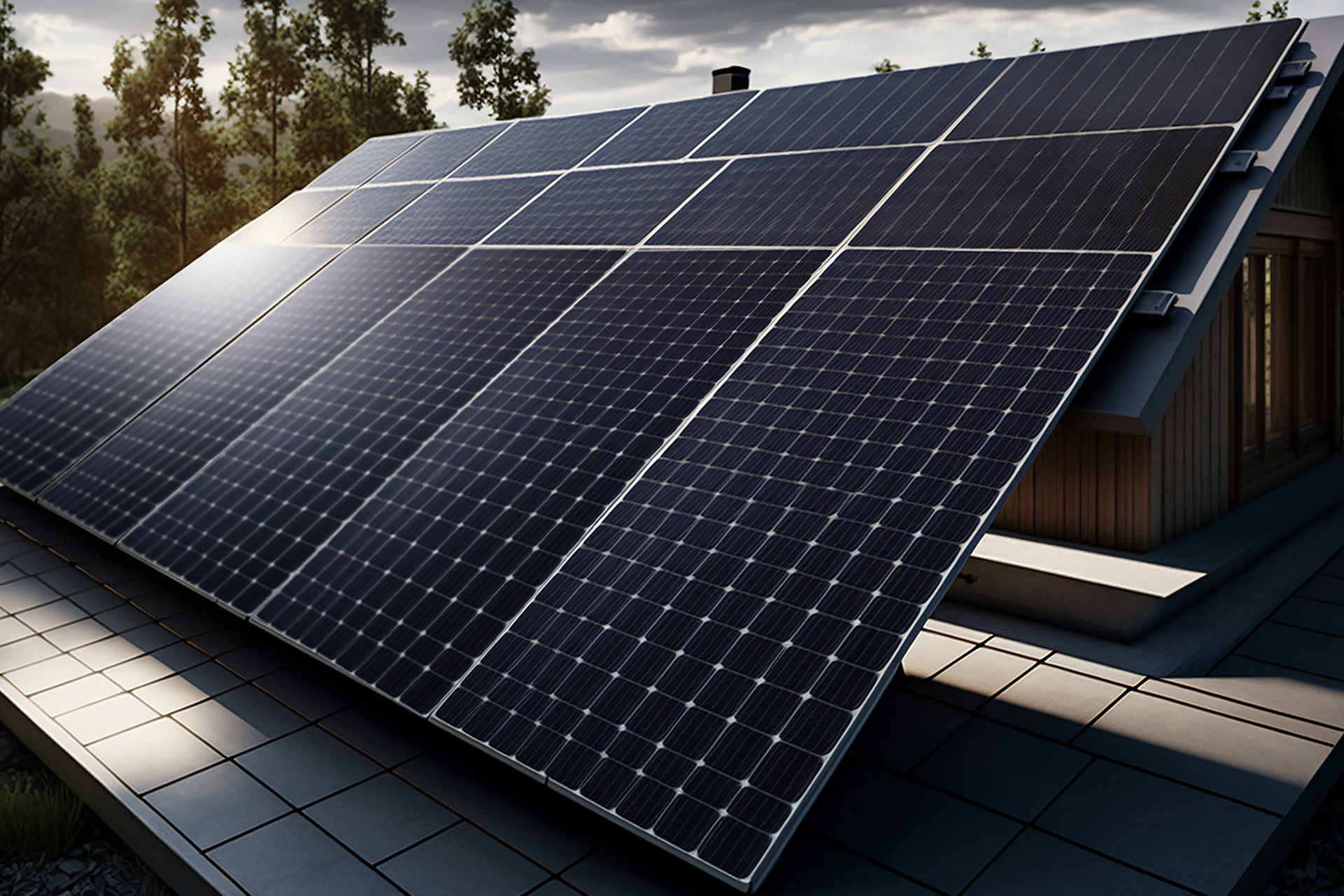Introduction:
Residents of New South Wales (NSW), southeast Queensland, South Australia, and Victoria are bracing themselves for a significant spike in electricity prices. Recent reports indicate that electricity prices could surge by up to 25 percent in these regions, placing a financial burden on households and businesses. The looming price increase raises concerns about the affordability and accessibility of electricity, prompting a need for proactive measures to mitigate the impact on consumers.
Factors Contributing to the Price Rise:
Several factors have contributed to the projected surge in electricity prices. One significant factor is the rising cost of wholesale electricity due to increased demand and reduced supply capacity. Factors such as extreme weather events, aging infrastructure, and market dynamics have impacted the supply-demand balance, driving up prices. Additionally, network costs and policy changes also play a role in the impending price hike.
Impact on Consumers:
The anticipated price rise poses challenges for households and businesses. Higher electricity bills can strain budgets, particularly for vulnerable and low-income individuals. Businesses may also face increased operational costs, potentially impacting their competitiveness and profitability. The price surge places pressure on consumers to find ways to reduce their energy consumption and explore alternative energy sources to mitigate the financial impact.
Addressing the Issue:
To address the rising electricity prices, it is essential for governments, regulators, and energy providers to work collaboratively. Implementing measures that promote energy efficiency, encourage renewable energy adoption, and support innovative pricing structures can help alleviate the burden on consumers. Governments can also consider targeted financial assistance programs to support vulnerable households and businesses during this challenging period.
Consumer Empowerment:
Consumer education and empowerment are vital in navigating the changing energy landscape. Providing accessible information on energy-saving practices, encouraging the use of energy-efficient appliances, and promoting smart metering and energy management technologies can assist consumers in making informed decisions and effectively managing their energy consumption.
Conclusion:
The projected surge in electricity prices in NSW, southeast Queensland, South Australia, and Victoria highlights the need for proactive measures to mitigate the financial burden on consumers. Collaborative efforts among governments, regulators, and energy providers are essential to address the underlying factors driving the price increase. Empowering consumers through education, support, and access to energy-efficient technologies will play a crucial role in managing energy costs and building a more sustainable and affordable energy future for all.
For more info refer https://www.aer.gov.au/news-release/aer-releases-final-determination-for-2023%E2%80%9324-default-market-offer



